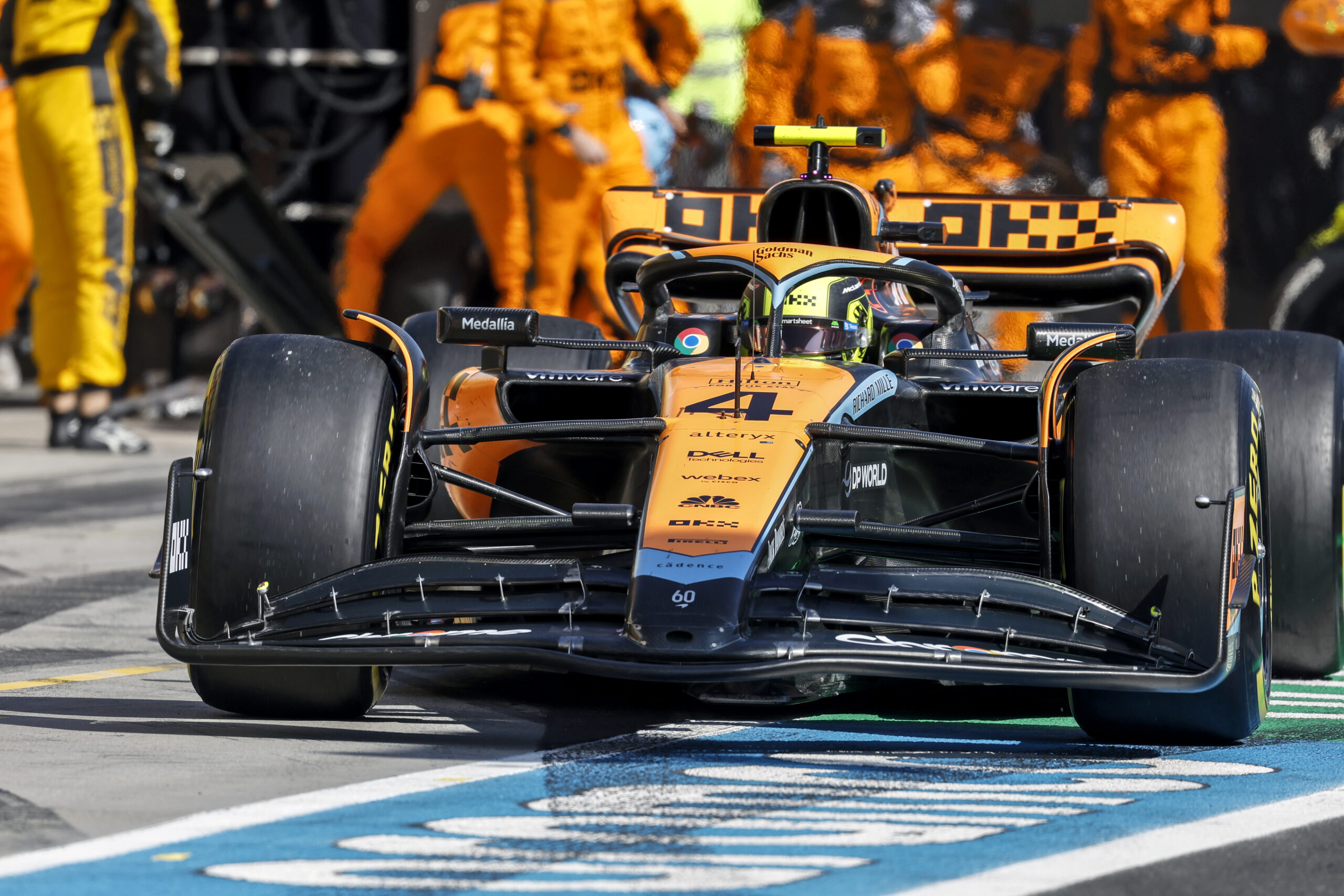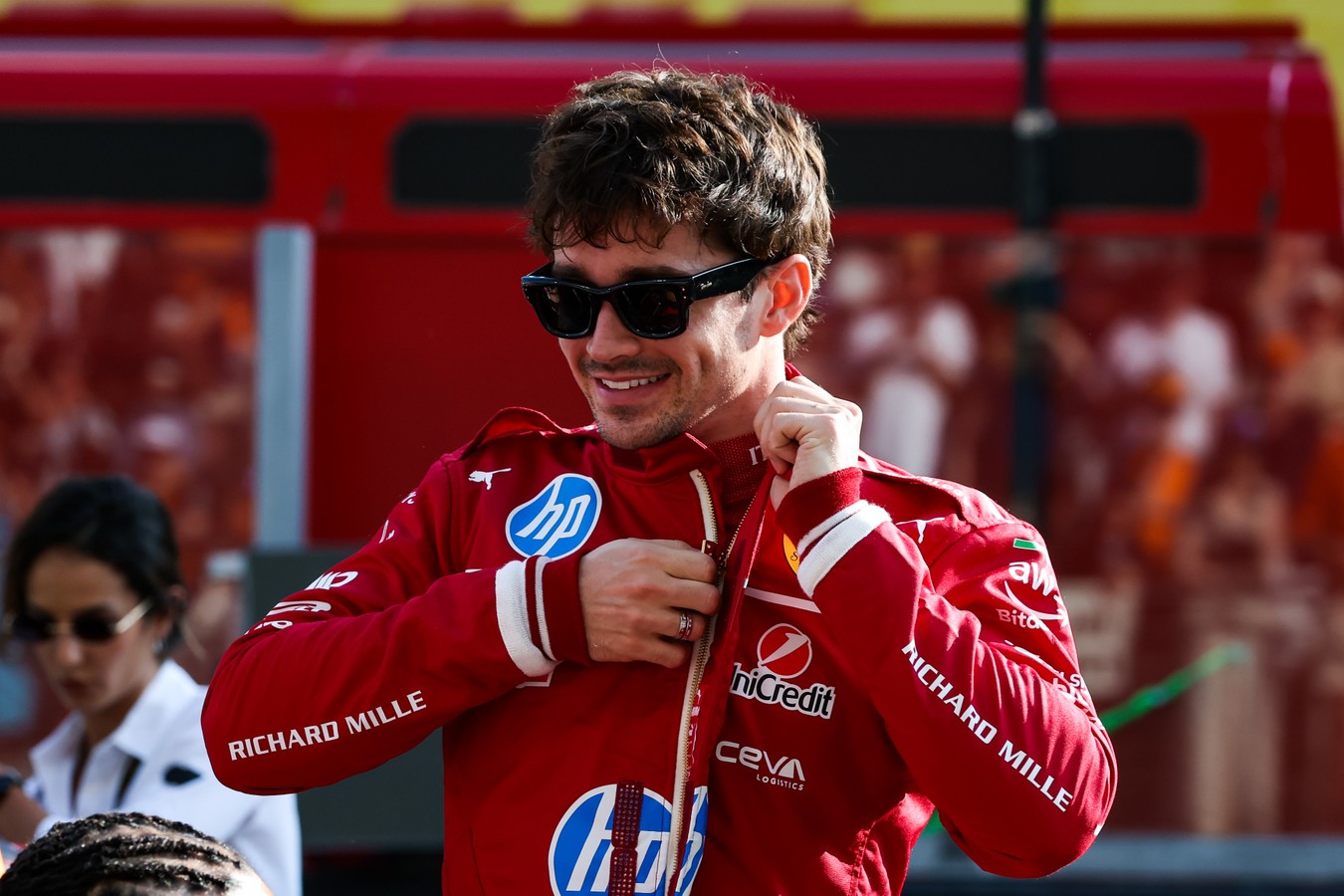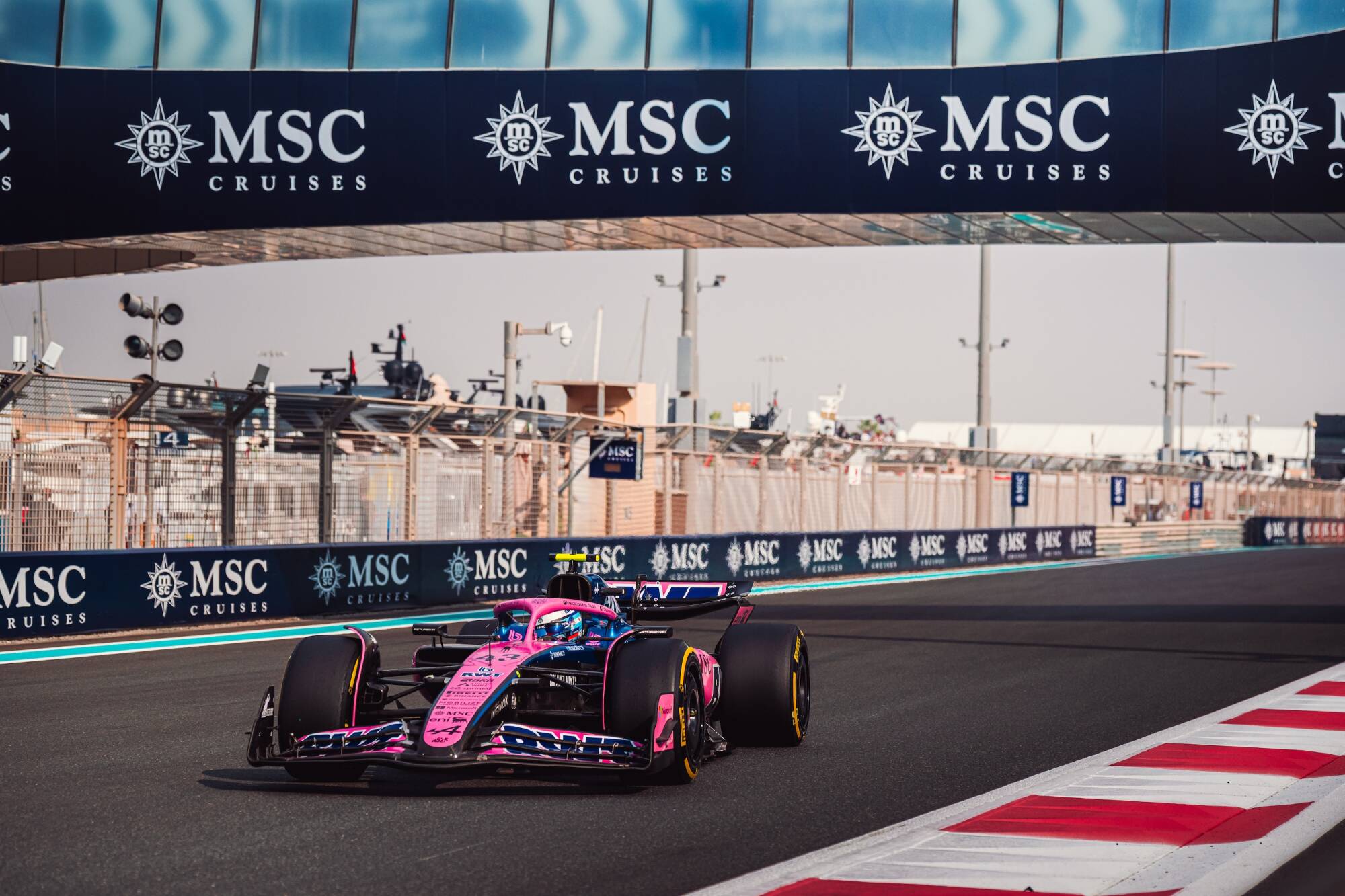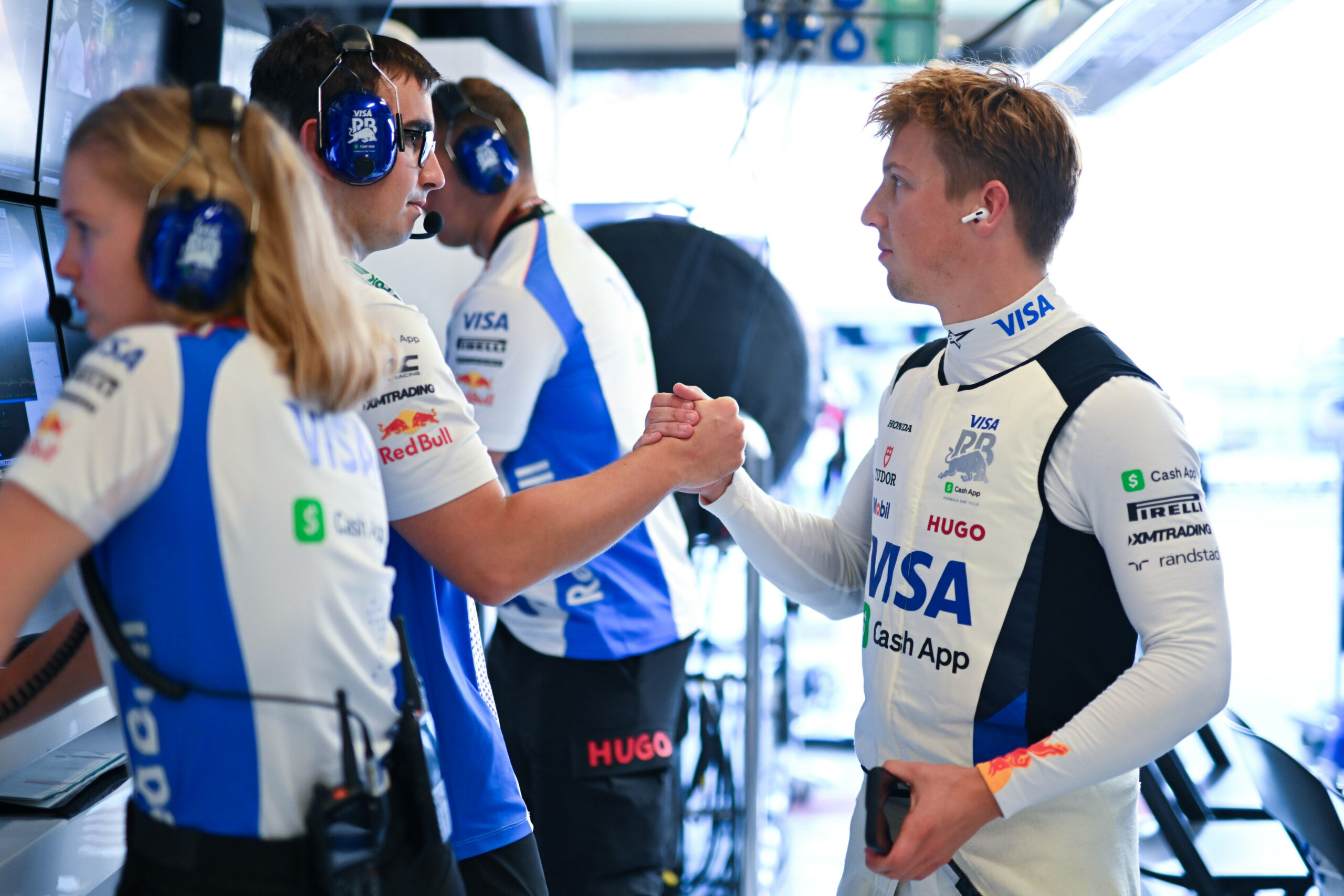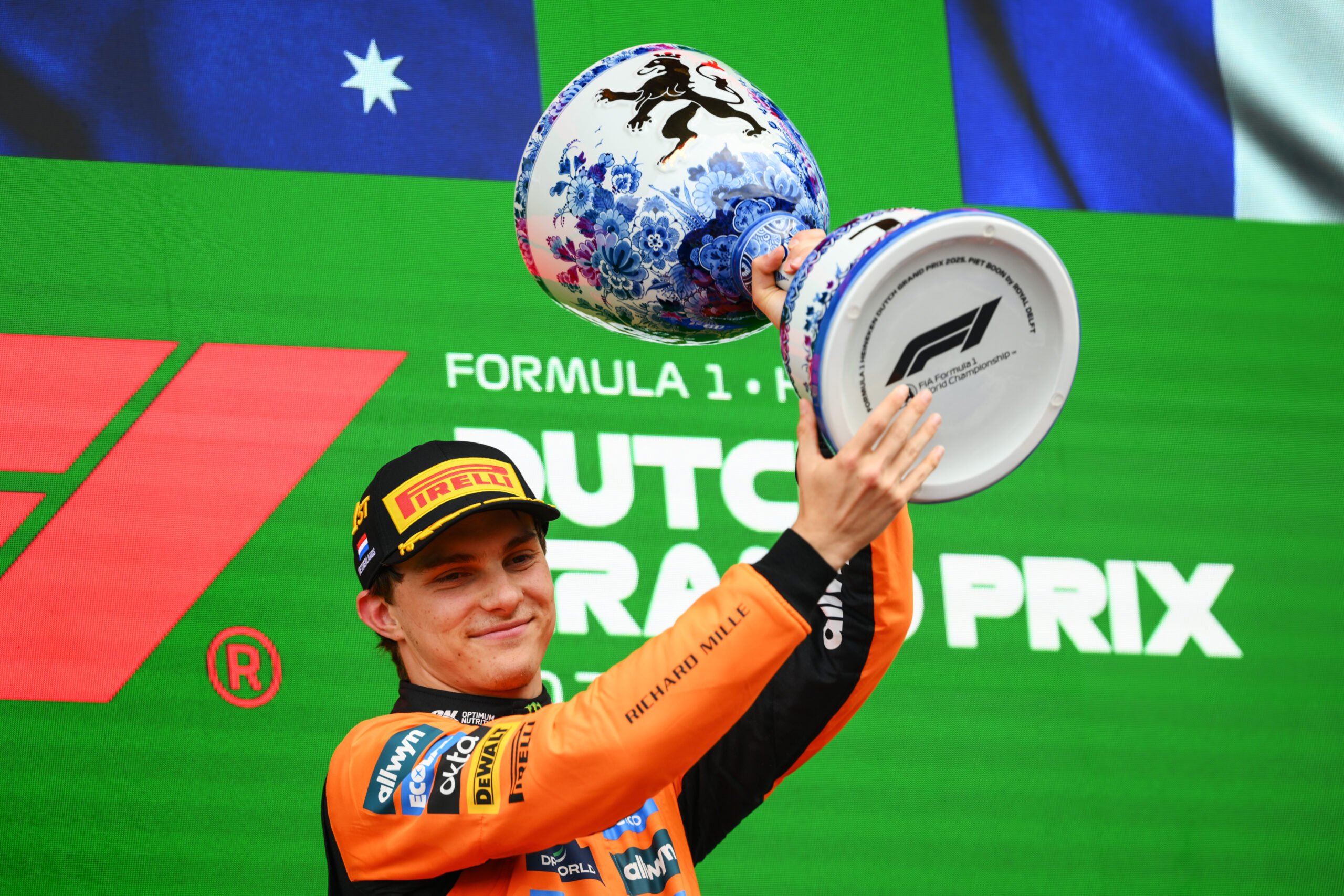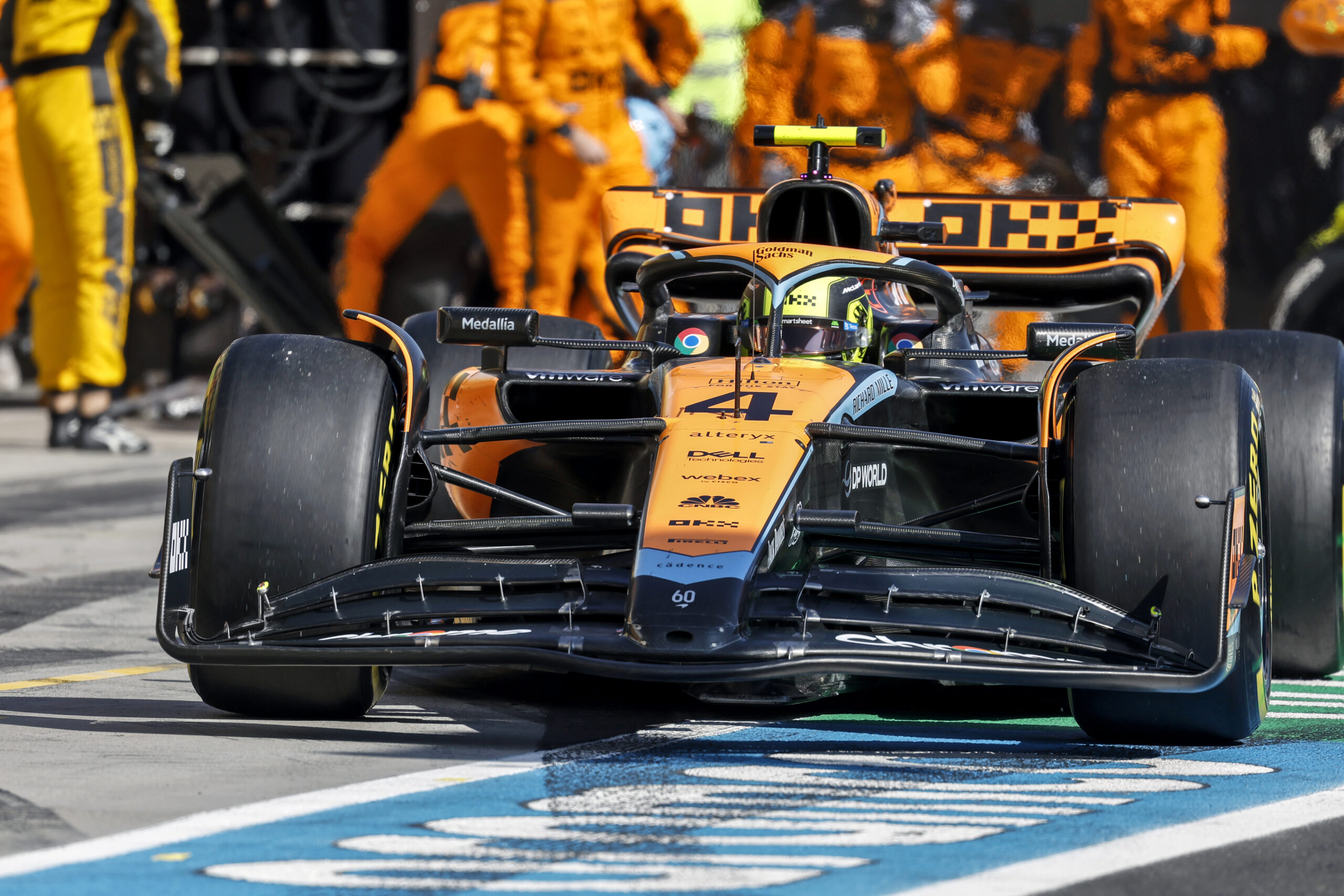
Photo Credit: McLaren Racing
In 2022 Formula 1 introduced a huge overhaul of the aerodynamic regulations, reverting back to ground effect cars last seen in the early 1980s. A problem with these cars back then was the suffering of porpoising or bouncing in a continued motion. These issues again came to light in 2022 when the new cars were being run for the first time. While some teams got it under control early on like Red Bull Racing, others struggled.
This in its extremity can cause huge driver discomfort and Mercedes in particular were very much outspoken about their issues last year. It was most noticeable at the Azerbaijan Grand Prix, which took place at the fast and particularly bumpy Baku street circuit. Lewis Hamilton was seen clambering out of his car, holding his back in pain. This brought the issue more into the public eye and soon after the FIA announced it would intervene to tackle the issue, in the name of driver safety. TD039 was introduced.
At the Italian Grand Prix McLaren’s Lando Norris spoke about how he’s suffering from back pain with the ground effect cars. He talked of his discomfort and how he now has to adapt his lifestyle and training regime to manage his back for the good of his own health.
“A lot of things have already been put in place; I’ve made a couple of new seats already. Firstly it was worse last year than it is this year. Almost every year until last year I could get away with just hopping in the car and not doing any physio. In a way not the best thing. I always did it but I could get away with it.
“Now I have to do it, I have to stretch; I have to do all these things, morning and evening, before every session. If I don’t then I always struggle a lot more with my back. It’s not just racing, it’s just other things and something that I had to work on in general anyway, but it’s definitely not helped by some of the changes on the car over the last couple of years.”
The Englishman continued on the subject, revealing last year he even struggled to sleep with the pain he was experiencing.
Things are better for him now, to a degree. But Norris admitted he’s having to limit his track walks and when he can play golf.
“So it got to quite a bad point last year, every day I was struggling, I was struggling with sleep and everything, just in constant pain. Now I’m in a much better position, but I’m also limiting a lot more things around it, with doing more stretching and all those things.
“Even my golf, I’m playing a lot less golf because of my back, doing more physio and all those things. Some things I had to crank up and some things I had to pay the price for, like playing golf or certain sports. Even track walks, as soon as I do a track walk I struggle a lot so I’ve had to cut down on track walks.
“Little things that people don’t realise have helped me get into a better position and struggle a lot less. I was struggling a lot every day, every night with quite a bit of pain. I am in a much better position now. Done some of my own stuff and stuff with the team, the seating and stuff like that.”
In terms of long-term implications, Norris is not sure if there will be any long term affects. Nonetheless, he acknowledges that it’s something he needs to be careful of.
“I’m happier now; I would love to play more golf as well. Certain things, even like cycling and running, my back hurts. So I still can’t do everything I would want to do.
“But there are also things away from the track I’ve to do more of, more training for my core, lower back and glutes, things like that. If I wanted to get better I’ve got to do other things rather than just trying to make the seat better and allow the car to somehow get better over time. It’s not going to be the case.
“I hope there isn’t any long-term effects. A number of people have spoken up about it and said it. I know everyone is different. Some people don’t, some people do.
“I guess for my own health and everything that it is something I need to look after,” concluded Norris.

